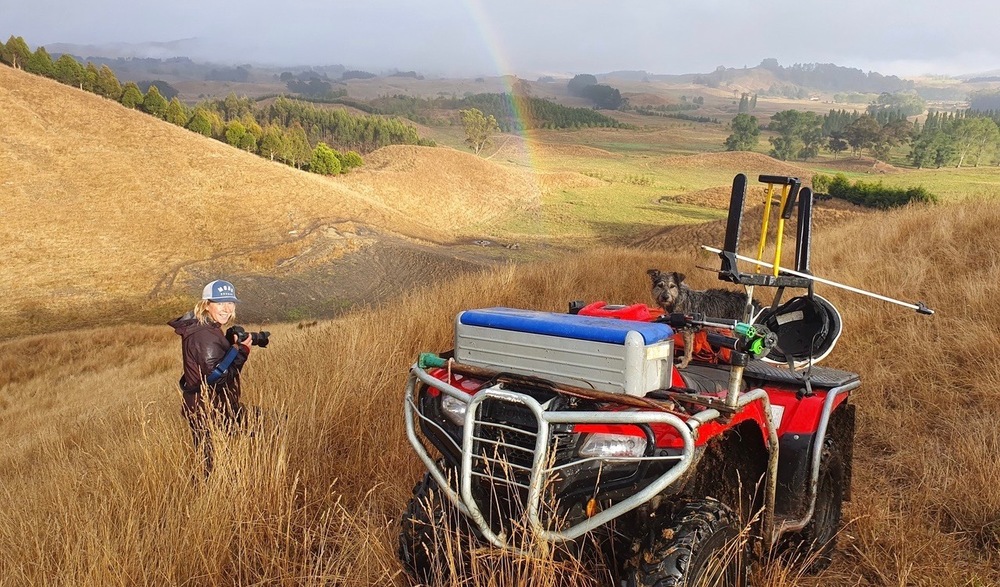Photographer raises awareness through her images
Diana Cocks
26 July 2020, 6:04 PM
 Camilla is spreading the word about regenerative farming through her images. PHOTO: Camilla Rutherford.
Camilla is spreading the word about regenerative farming through her images. PHOTO: Camilla Rutherford.Award winning local photojournalist Camilla Rutherford has been awarded a grant to take her photography in a completely different direction.
The winner of the 2015 NZ Press Photographer of the Year and a two-time finalist for NZ Geographic Photographer of the Year for her adventure lifestyle and outdoor sports stills, Camilla has spent the last two years focusing her lens on telling a story about her family’s farm.
Camilla’s husband Tim Rutherford is a fourth generation farmer of the merino and beef cattle high country station The Point Station, near Tarras.
Mayor surprised by airport plans
Christchurch Airport unveils plans for jet-capable airport at Tarras
It was Tim and his father’s interest in regenerative agriculture which sparked Camilla’s own interest in sustainable farming practices. Through her photography she has been building “an inspirational photo archive”, documenting the farm’s journey to increased farming efficiency and improved soil health.
Regenerative agriculture is defined as a system of farming principles and practices that increases biodiversity, enriches soils, improves watersheds, and enhances ecosystem services.
Her photographic reputation has been built on capturing images of “wild adventures chasing adrenaline” but this project is totally different.

Camilla visited Mangarara Station in Hawke’s Bay during her tour of northern farms. PHOTO: Greg Hart
“With climate change in the forefront of our minds, I strongly believe this [regenerative agriculture] is how we can fix...not only climate change but a whole host of other problems.”
Camilla pitched the regenerative agriculture awareness campaign concept, now called ‘Heal the Earth’, to Canon NZ in an application for funding and won a professional photographers’ grant, valued at $15,000, which gave her the momentum to begin the project.
Just before lockdown in March, Camilla toured five North Island farming operations and another in South Otago, all of which are part of the farming movement practising regenerative agriculture. They range across a variety of sectors, from cropping, dairying and sheep/beef farming to chickens, market gardening and heritage seeds.
Her recorded interviews and photographs from this trip will form the basis of a future interactive exhibition, she said. It will open in Wanaka later this year and she’s hoping to tour the country with it.
For too long farming has been seen as a problem when in fact it’s the solution, she said. “I want to paint farming in NZ in a positive light, get people excited and passionate about where their food comes from.
“Farmers all over New Zealand are doing incredible things,” she said, and the nationwide story she is telling through her photographs is a starting point in a conversation about working with nature.
“With regenerative agriculture we can have nutritious food, get clean water, have biodiversity; it’s a win all round.”
“I’m a photographer and storyteller and this is a story that needs to be told,” she said. “I have become incredibly passionate about this and it’s taken me by surprise.”
With her pitch to NZ Geographic, the prestigious magazine featured a front cover story on regenerative farming at The Point Station in its July edition and Camilla is aiming to spread the word wider through other international publications.
For further information about Camilla’s Heal the Earth awareness campaign click here.







